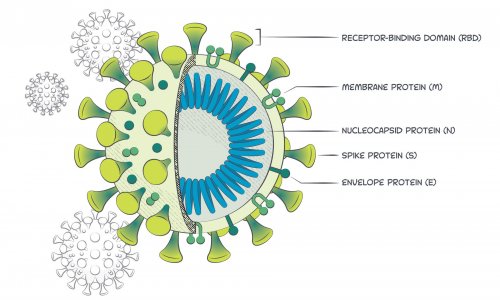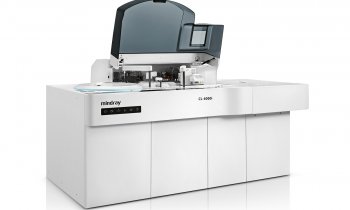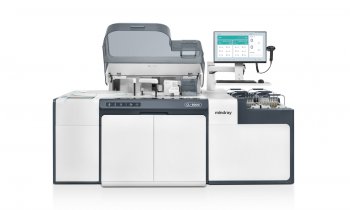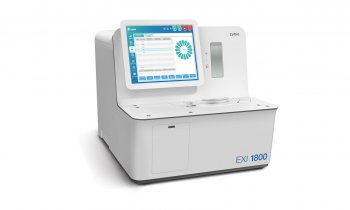© Annie Spratt – unsplash.com
News • Environmental impact
Plastic waste from test kits: call for urgent action
Lateral flow tests have transformed global healthcare by enabling rapid disease detection and improving access to medical diagnostics. However, their widespread, single-use design is creating an environmental crisis.
A new study published in the Bulletin of the World Health Organisation (WHO) calls for urgent action to limit plastic waste in these essential diagnostic tools. Researchers from Heriot-Watt and the University of Edinburgh propose limiting how much plastic is used in test kits to curb unnecessary plastic waste. Their study, which analysed 21 different Covid-19 kits, highlights the significant variation in plastic usage and identifies opportunities for manufacturers to reduce material consumption without compromising effectiveness.
The weight of plastic varied from six grams to almost 40 grams per individual test.
The convenience of lateral flow tests is undeniable, but we must acknowledge the long-term environmental consequences of single-use diagnostics
Maïwenn Kersaudy-Kerhoas
Companies or organisations that want to create lateral flow and similar tests use target product profiles. These specify design elements that manufacturers must meet, whether cost, weight or size.
Professor Maïwenn Kersaudy-Kerhoas, co-lead of Heriot-Watt’s Global Research Institute in Health & Care Technologies, said: “We have found few target product profiles that mention the environmental impact of tests, and none provide quantitative measures. We want these profiles to include a limit of four grams of plastic usage in the lateral flow tests cassettes, for example. Our study showed that was the average weight of plastic in test cassettes, so it’s achievable. We hope this will be adopted as policy and an industry standard.”
Professor Alice Street, an expert in anthropology and health at the University of Edinburgh, added: “Improving access to essential medical testing should not come at the expense of environmental sustainability. Our findings show that reducing plastic waste in test kits is both feasible and necessary.”
Recommended article

Article • Information channel
Sustainability in healthcare
The time when 'going green' in healthcare only referred to the colour of surgical gowns are long past: reducing CO₂ emissions, improving waste management and saving energy are essential for modern hospitals. Keep reading to find out what medical institutions can do to become more sustainable.
More than two billion lateral flow tests are produced annually. In 2023 alone, the Global Fund to Fight AIDS, Tuberculosis, and Malaria invested in 53 million HIV tests and 321 million malaria tests. While these tests expand access to healthcare, their plastic waste burdens waste management systems worldwide. In regions that lack proper disposal facilities, used test cassettes often end up in landfills and waterways or are openly burned, releasing pollutants. Even in developed nations, recycling these materials remains rare.
The study suggests setting plastic usage limits in test kit manufacturing. Professor Kersaudy-Kerhoas said: “The convenience of lateral flow tests is undeniable, but we must acknowledge the long-term environmental consequences of single-use diagnostics. If we do not act now, we risk creating an environmental crisis that undermines the health benefits these tests provide.”
The researchers urge policymakers, manufacturers, and global health organisations, including WHO, FIND, and PATH, to integrate environmental criteria into regulatory guidance and procurement processes. By establishing sustainability benchmarks, they believe the industry can continue to provide essential diagnostics while reducing plastic waste.
The Heriot-Watt team is calling for governments and health organisations to refine environmental standards in diagnostic manufacturing and implement policies that reduce reliance on virgin petrochemical plastics.
Source: Heriot-Watt University
28.04.2025











